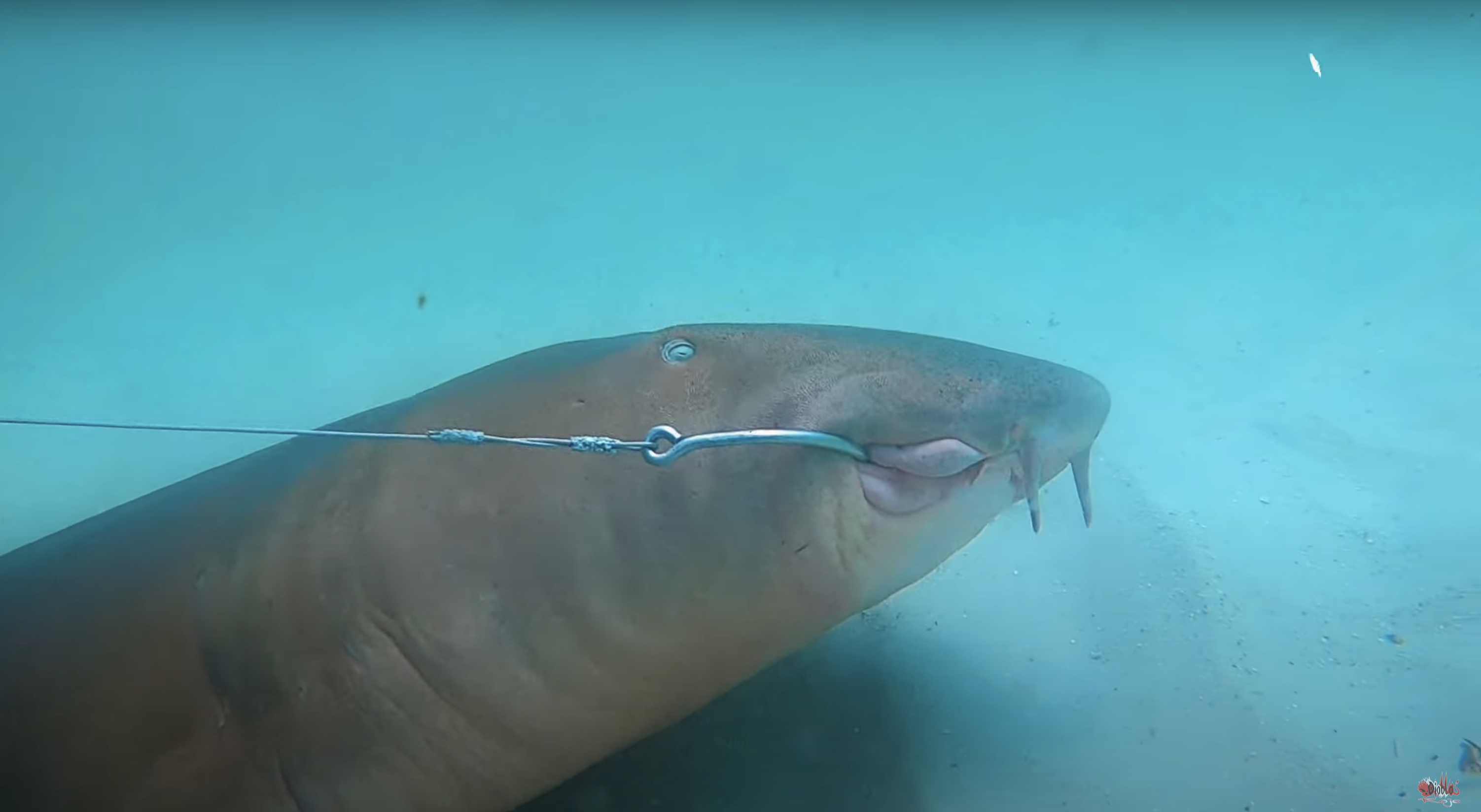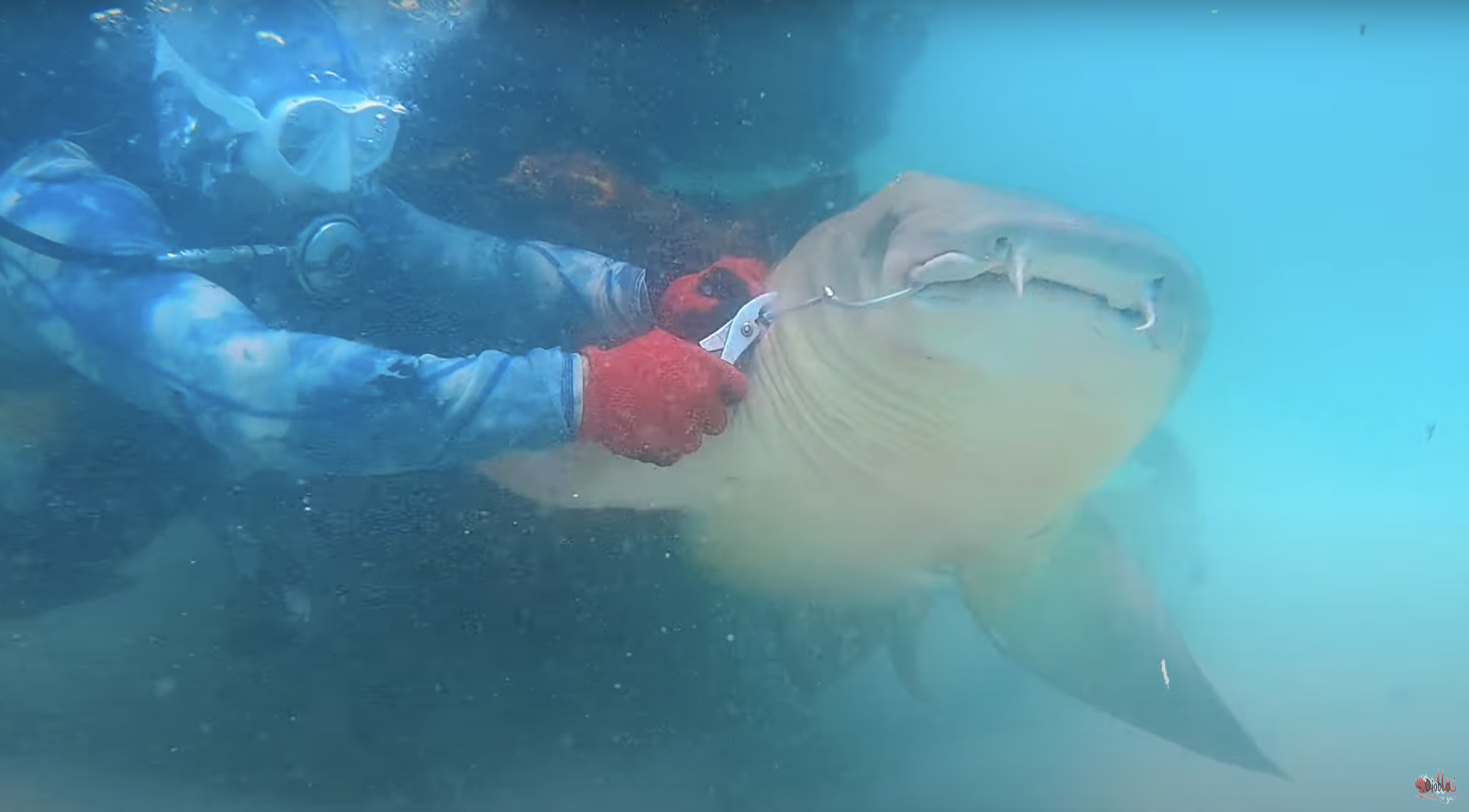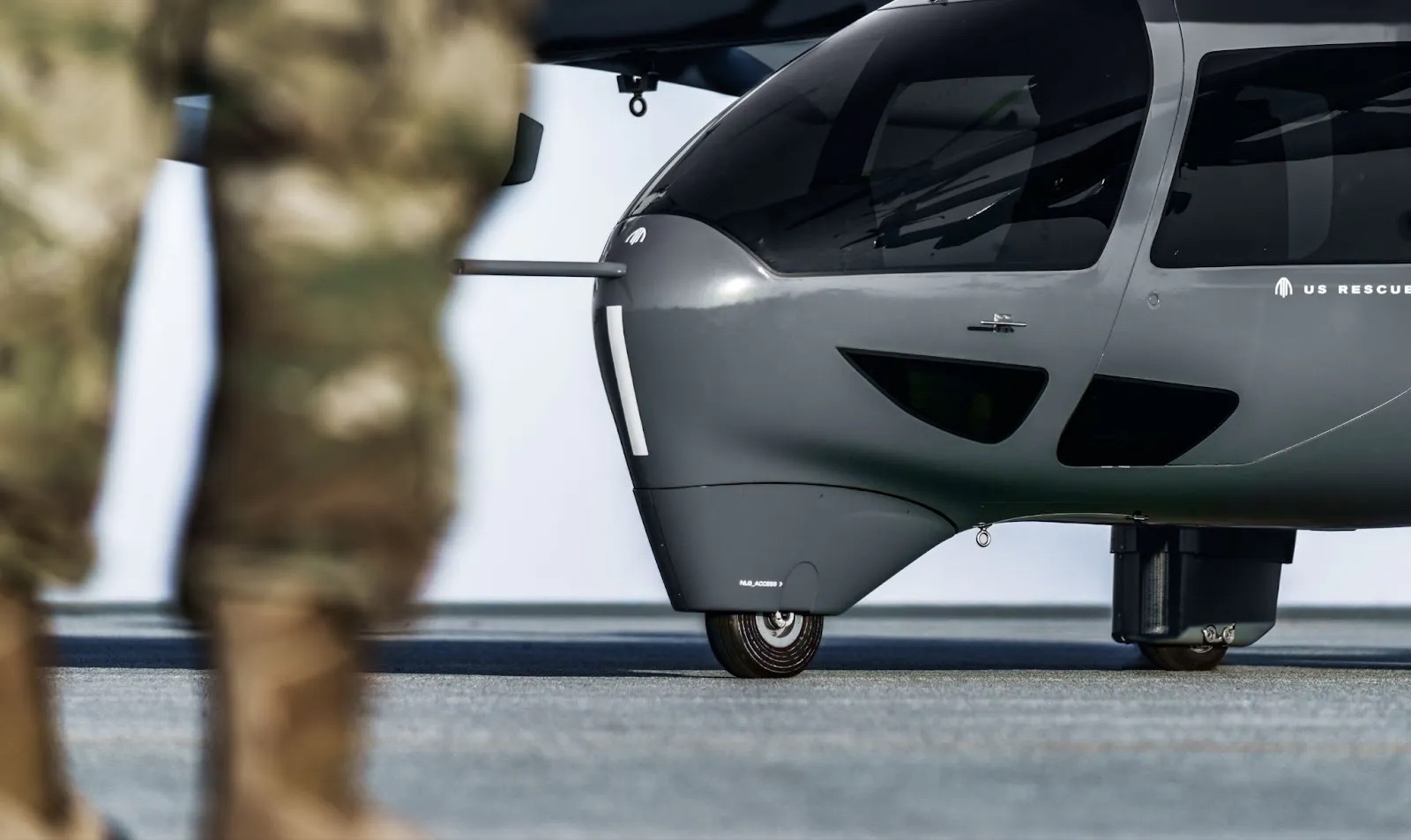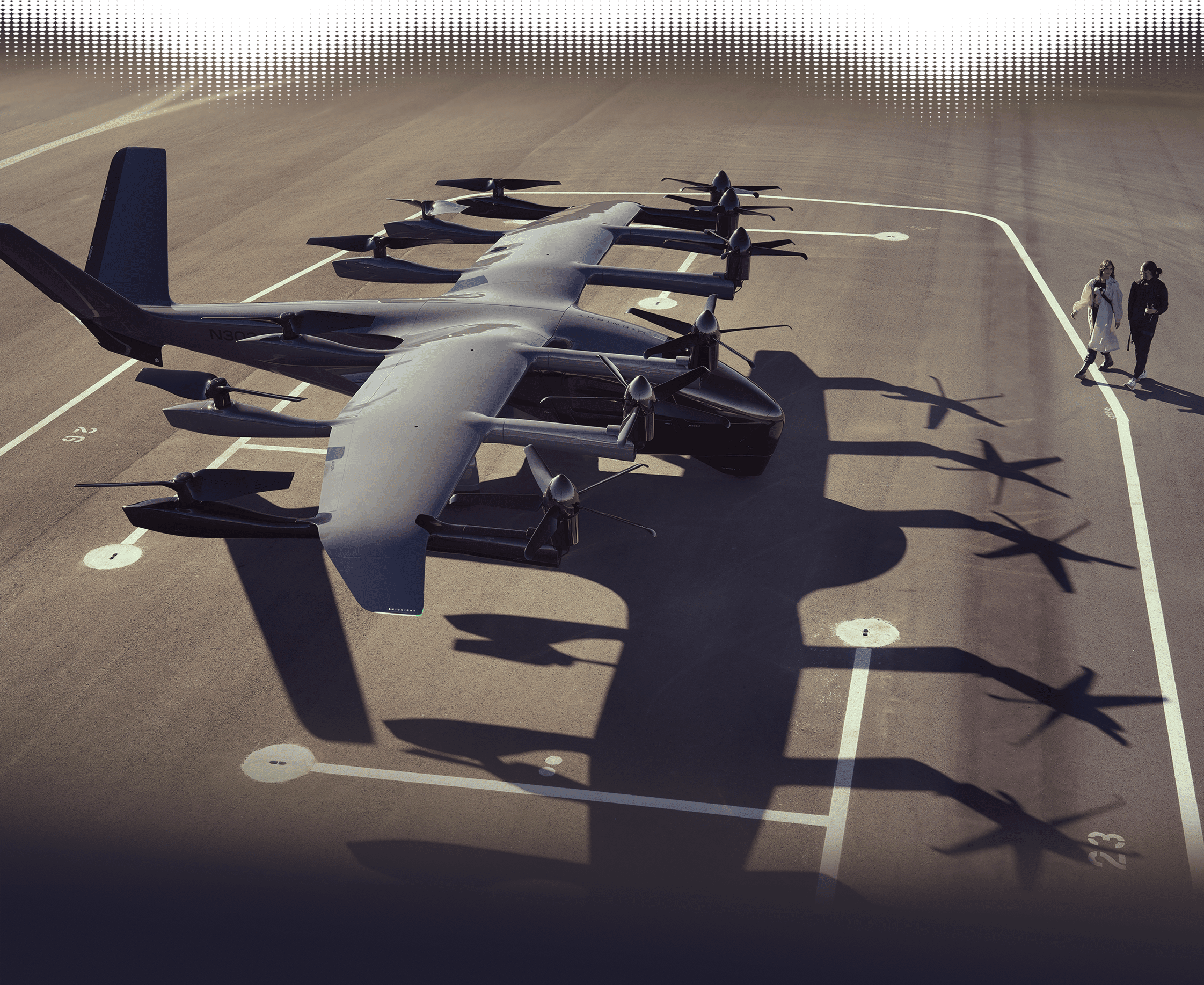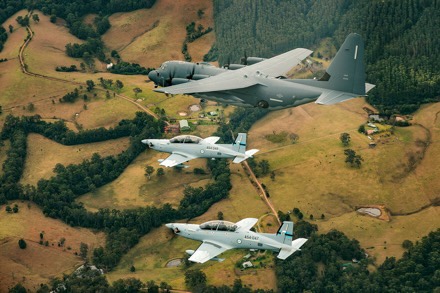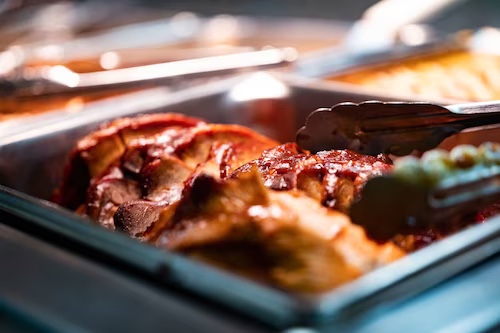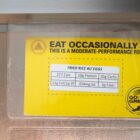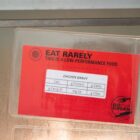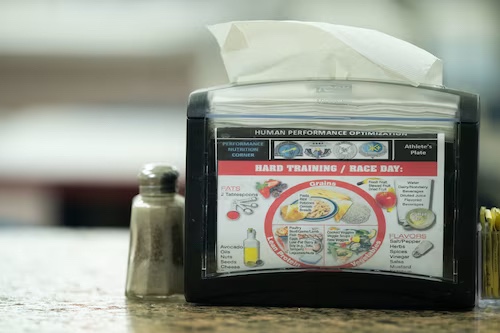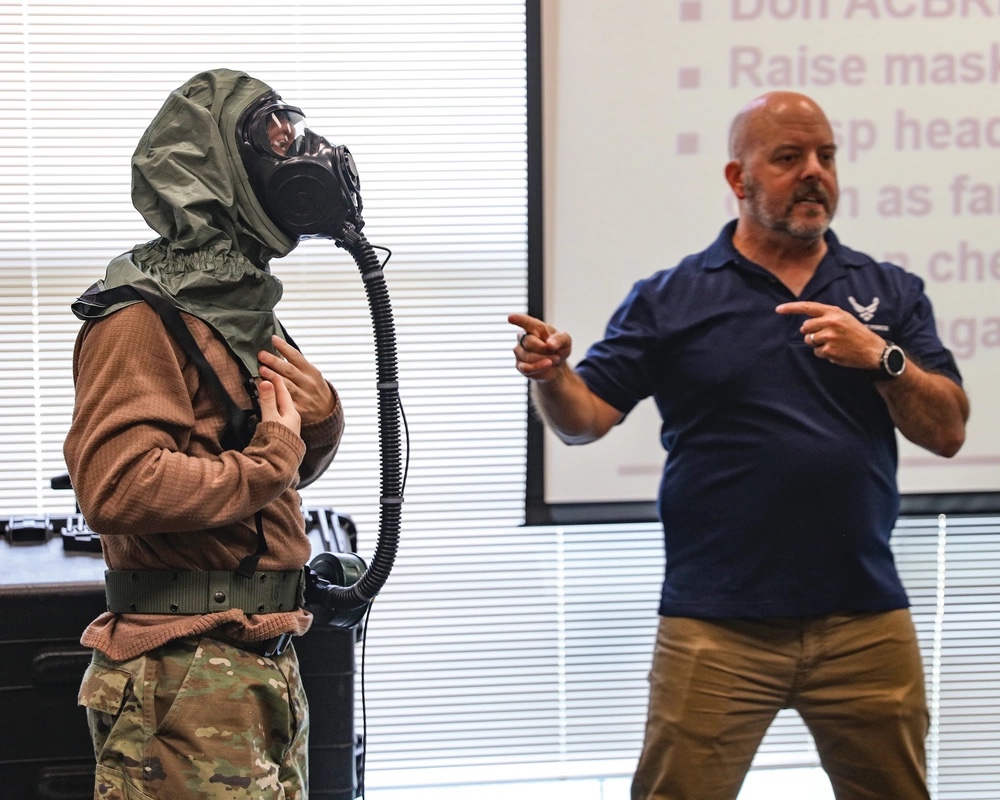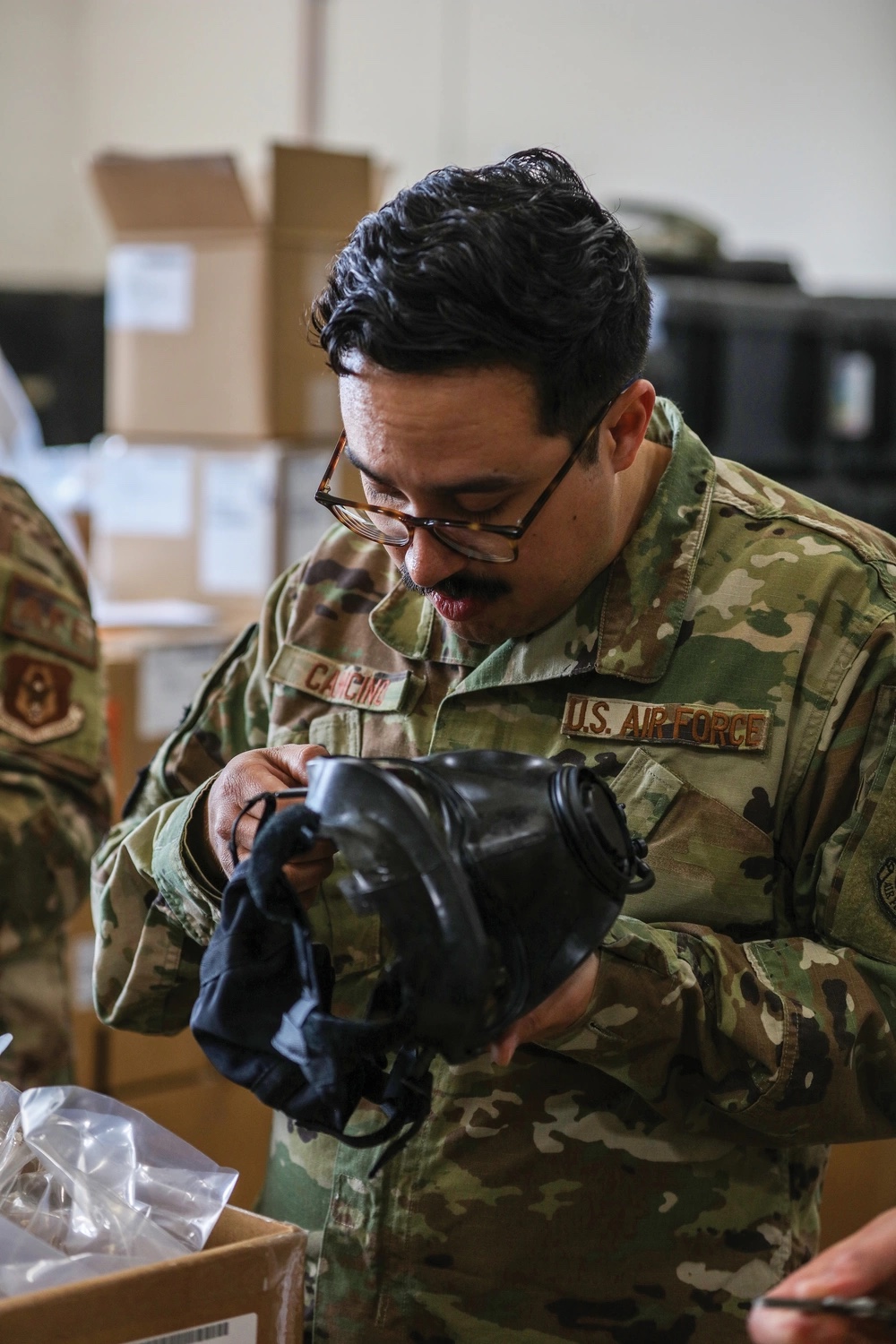SAN ANTONIO (AFNS) —
An idea to deliver multi-capable equipment for agile combat employment operations won the 2023 Air Force Installation and Mission Support Center Innovation Rodeo July 21 in San Antonio.

Lt. Col. Brandon Baughman, 187th Operations Support Squadron commander at Dannelly Field, Alabama, will receive a share of at least $1 million in funding and resources from AFIMSC to move the HULK, WOLVERINE and KRAYT initiative, or HWK-i, forward.
“Winning this year’s Innovation Rodeo is awesome,” Baughman said. “We’ve been working really hard on our own and it’s a relief there’s an organization out there like AFIMSC to support us and help make it happen.”
HWK-i is a one-stop-shop package of capabilities providing commercial, off-the-shelf solutions for shelter, power, water, communications and security. HWK-i only takes up two-to-three pallet positions on an aircraft, does not require a forklift or cargo loader and resolves capability gaps caused by large equipment that is not multipurpose.
“Project HWK-i is three capabilities wrapped up in a package deal,” Baughman said.
HULK, or heavy utility lifting kit, is designed to load and unload palletized cargo. WOLVERINE is a multipurpose expeditionary platform to load and unload cargo, move aircraft, load weapons, pump fuel, generate electricity and more. KRAYT is an operational hub of integrated, interoperable modular capabilities including a hybrid power solution, redundant communications, security systems and a self-sustaining water generation capability.
“It’s the multi-capable Airman concept manifested into equipment,” said Col. Kelly Sams, AFIMSC vice commander and a judge for this year’s rodeo. “In a container – you drop it and you go – it’s very impressive. I’m also very impressed with all the ideas brought in together to create a containerized unit.”
Other 2023 Innovation Rodeo winners include:
Second Place: Tech. Sgt. Joshua Solomon, Air Force Services Center, Joint Base San Antonio-Lackland, with Automated Robotic Dish Room.
Third Place: Master Sgt. Michael Olsen, 325th Maintenance Group, Tyndall Air Force Base, Florida, with Mission Readiness Training Scheduler.
“Thanks to all our innovators here and across the Department of the Air Force. Keep those ideas coming. We need your ideas in our greater Air Force,” Sams said. “Every single one of the finalists brought forward an idea that we need tomorrow – some of them we needed yesterday – so please keep going.”
Now in its fifth year, the annual AFIMSC Innovation Rodeo gives Airmen and Guardians an opportunity to partner with innovation experts and get funding and resources to pursue scalable ideas that will help the DAF deliver faster, leaner and more resilient capabilities, improve installations, or support families in a better way.
Over the years, AFIMSC has invested more than $17 million and landed more than $80 million in government and venture capital funding to pursue, develop, test and field projects pitched by finalists during each rodeo.
“It’s not just about funding,” said Dustin Dickens, principal innovation program manager. “It’s also about collaboration, mentorship, team building and the way AFIMSC can execute to move projects forward.”
Finalists spent three weeks learning from leading innovators and collaborating with peers and industry partners virtually before coming to San Antonio to pitch their ideas to a panel of senior-leader judges.
The top ideas were selected because of their potential impact on mission requirements and ability to scale across the entire enterprise, said Jadee Purdy, AFIMSC chief innovation officer.
“This year, we added an element to target projects we know our senior leaders are really looking for to improve warfighter capability,” she said. “We worked hard on targeting ideas that were mission focused and ready to scale.”
Innovation Rodeo gives all Airmen and Guardians a place to take an idea and have it heard by senior leaders, Purdy said. Support from the AFIMSC team can include a business case analysis to ensure ideas have value, connections to multi-functional teams and subject matter experts, and pathways to acquisition or connecting with other resources to move a project forward.
“Anyone who puts in the time and effort to submit to the Innovation Rodeo is going to walk away with support they didn’t have prior to the rodeo,” she said.
For the finalists, lessons learned and tools gained during the Innovation Rodeo will help them continue to innovate and motivate others after they return to their home stations.
“I have a long career ahead of me, so what I’m learning now, whether it’s asking questions, knowing what to look out for, anything innovation related … this is definitely going to carry on with me throughout the future,” said 2nd Lt. Kiara Nuevo, 305th Aerial Port Squadron Passenger Operations and Innovations program manager at Joint Base McGuire-Dix-Lakehurst, New Jersey.
“Innovation is crucial in today’s Air Force,” she said. “We can’t afford to be the ones trying to catch up; we have to be ahead.”
For full coverage of the 2023 AFIMSC Innovation Rodeo, including video of the full rodeo and individual project presentations, visit here.
By Shannon Carabajal, Air Force Installation and Mission Support Center Public Affairs

